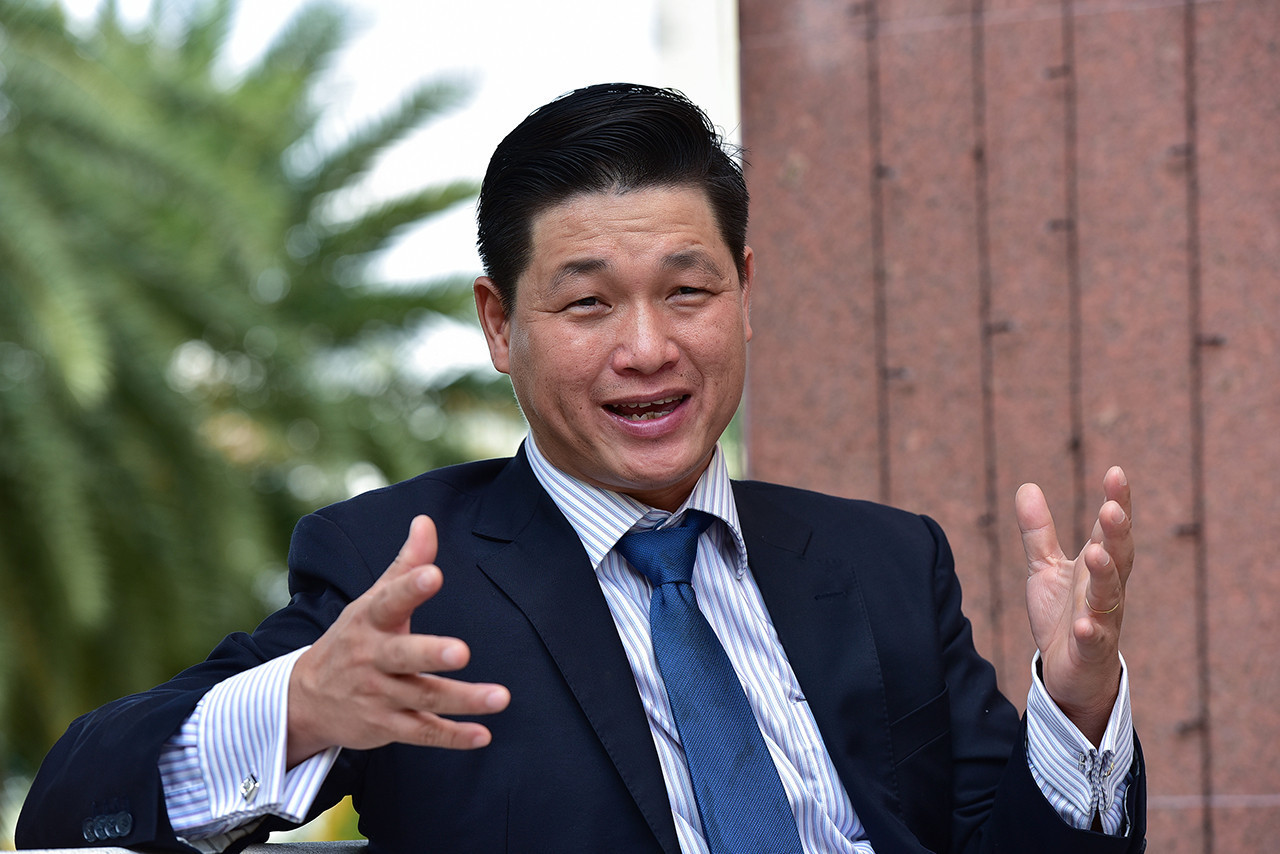
Vietnam and the world have experienced a year of ups and downs, from production, trade, investment to cash flow and exchange rate fluctuations. What are your comments about Vietnam’s economy in 2023?
2023 was an extremely difficult year with a lot of upheavals. In the first half of 2023, the US FED and ECB raised prime interest rates, which led to consumption tightening. Vietnam’s export turnover during that period dropped by 10 percent compared with the same period of the year before.
The national economy hit bottom in the first quarter and began slightly recovering in the second half of the year. We can see that exports began increasing gradually in September. I believe that exports will continue to increase in 2024 and the national economy will see a strong recovery.
What do you think are the ‘bright spots’ of the economy and what are the existing problems?
Tourism was the brightest spot in 2023. Vietnam attracted 11 million travelers who brought turnover of $11 billion amid modest exports and investment tightening.
Thanks to the prosperity in tourism, retail turnover could grow despite weak domestic demand. Foreign direct investment was also a bright spot as capital kept flowing into Vietnam and investment continued to grow sustainably.
Do you think that the fiscal and monetary policies pursued by Vietnam last year were suitable to Vietnam’s conditions and the world’s upheavals?
I can see that the government of Vietnam pursued extremely effective and flexible policies in such difficult conditions. If Vietnam had not responded promptly to these upheavals, the situation would have been even worse. The most important policies that helped save the national economy included the interest rate cuts to support consumption and encourage investment.
After the deposit interest rates reached their peak in December 2022, the State Bank of Vietnam (SBV) continuously cut operating interest rates to stimulate the national economy. The commercial interest rates have decreased to a new low. Some commercial banks offer interest rates of below two percent. This helps many businesses overcome difficulties.
The other reasonable policy is tax and fee cuts that helped the national economy weather the storm.
Third, the increase in public investments. Public investments have increased by 20 percent, though they are still lower than expected. Vietnam needs to drastically speed up disbursement for public investments in the upcoming years to stimulate demand.
What do you think were the reasons behind the low credit growth rate, slow public investment disbursement and long lasting gloomy real estate market?
There were many factors leading to the problems. Credit grew moderately because of the sharp decreases in consumption and investment. The demand for real estate dropped dramatically and real estate credit, which accounted for 21 percent of total credit, could not grow strongly.
As for public investments, the slow disbursement is attributed to problematic procedures. Regarding the real estate market, I personally think that it’ll take many more years to regain strong growth, even if interest rates go down.
Some economists have predicted that Vietnam will be the center of regional economic growth thanks to the high openness of the economy, macroeconomic stability, advantageous geopolitical position, membership of many free trade agreements (FTAs) and upgraded relationships with large economies such as the US and Japan. What do you think about the forecasts and the prospects of Vietnam’s economy, as well as FDI (foreign direct investment) and FII (foreign indirect investment) this year?
I am sure that the economy in 2024 will be better than 2023 and GDP may grow 5.5-6 percent. However, difficulties still exist, especially in the real estate sector which causes cash flow to get stuck. FDI will be high and stable, while FII is unpredictable.
What do you think are the major driving forces of Vietnam’s economy in 2024? What are the biggest advantages and problems?
The driving force is the improvement of industrial production when exports recover. The other factors are public investment, tourism, and domestic consumption recovery. The biggest problem will still be real estate.
Manh Ha